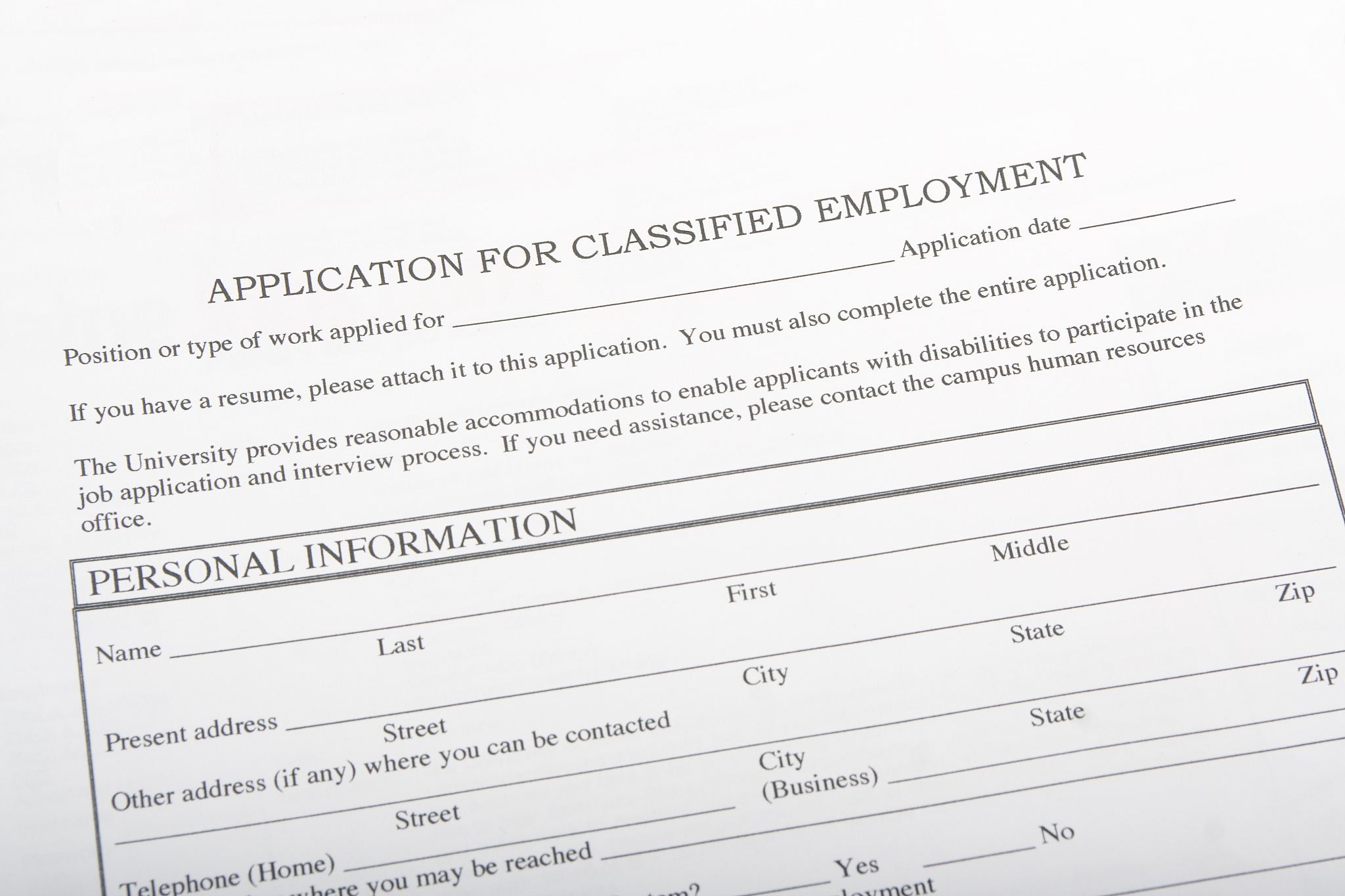Urea Cargo Clumping: Causes, Assessment, and Recommendations
Our surveyor arrived at the shipside at approximately 1650hrs this afternoon and promptly inspected the cargo. We observed clumping of the bagged cargo at the shipside, with the clumps being easily crushed by hand and no visible signs of water.
What causes urea cargo clumping?
In the case of urea, when the water vapor pressure in the surrounding air exceeds the saturation vapor pressure of the solution at a given temperature, water from the air is absorbed onto the surface of the solid urea, increasing its water content. If given sufficient time, the urea will completely deliquesce. Conversely, if the water vapor pressure in the air is lower than the vapor pressure of water on the surface of the urea, the water will evaporate and revert back to a solid state.
During the storage and stacking process of urea, the granules come into close contact with each other. As the temperature of the urea granules and the humidity of the surrounding air change, there is a process of moisture absorption and evaporation on the surface of the granules, leading to the appearance of a liquid film and subsequent recrystallization. The newly formed urea crystals then stick together with other crystals, resulting in clumping.
Therefore, the presence of clumps typically indicates that the cargo may have been stored for an extended period or exposed to a humid environment.
How to assess the severity of the clumping?
Given the current storage and transportation conditions of urea, it is nearly unavoidable to have pseudo-clumping (normal water content) during bulk cargo transportation. Based on our experience, a common method to determine whether the cargo is pseudo-clumped is by checking if the clumps can be easily crushed. If the cargo can be easily crushed, we consider the condition of the cargo to be within an acceptable range. Otherwise, the moisture content of the cargo may be higher. In such cases, we recommend removing these clumped cargo to prevent any adverse effects on other cargo.
Recommendations
Furthermore, to safeguard the interests of the shipowner, we suggest adding appropriate annotations on the mate's receipt. We will provide specific recommendations for annotations after conducting a more detailed inspection of the cargo. We hope the above information proves helpful. If you have any further inquiries, please do not hesitate to contact me.

原文地址: https://www.cveoy.top/t/topic/foES 著作权归作者所有。请勿转载和采集!